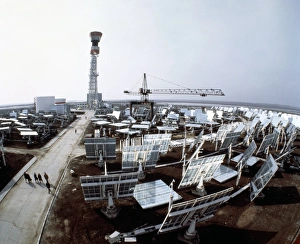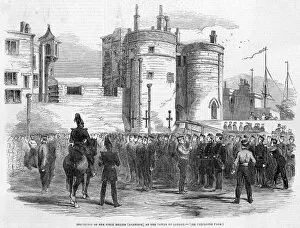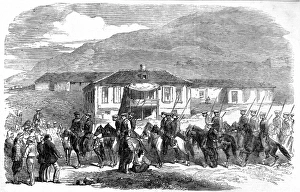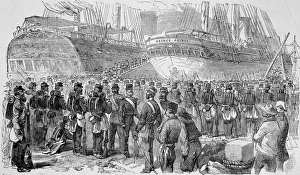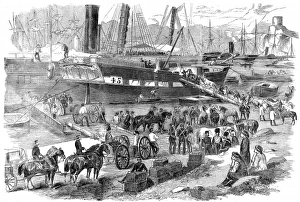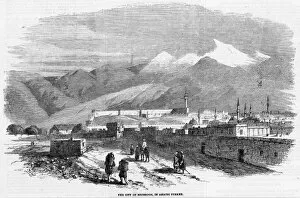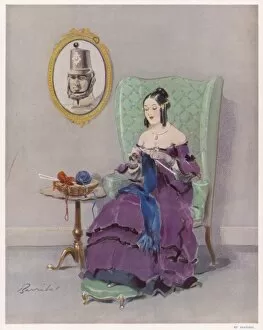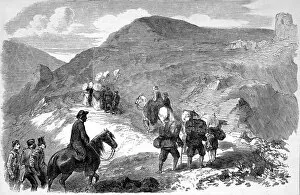Crimea Collection (page 49)
"Exploring the Rich History and Scenic Beauty of Crimea" Step back in time to the infamous Charge of the Light Brigade at Balaclava on 25 October 1854
All Professionally Made to Order for Quick Shipping
"Exploring the Rich History and Scenic Beauty of Crimea" Step back in time to the infamous Charge of the Light Brigade at Balaclava on 25 October 1854, immortalized in a captivating colour lithograph. Witness the bravery and valor of the Rifleman of 95th (Rifles) Regiment of Foot, who stood tall amidst chaos. Experience the intensity captured in "The Colours: advance of the Scots Guards at Alma, " an oil painting from 1899 that depicts a pivotal moment during the Crimean War. Delve into history with "The Remnants of an Army, " a poignant reminder of sacrifice. Enter "The Valley of Death, " where shadows loom large and echoes whisper tales from this haunting chapter. Watch as Grenadier Guards Depart, leaving behind their mark on this war-torn land. Discover Mary Seacole's indomitable spirit through Punch's portrayal, showcasing her unwavering dedication to care for wounded soldiers. Learn about Lord Cardigan, whose name became synonymous with courage amidst adversity. Escape to Yalta's picturesque seafront along Crimea's coast, where tranquility meets remnants of conflict. Marvel at its beauty while contemplating how it has witnessed both triumphs and tribulations throughout history. Immerse yourself in Crimea's rich past during the Crimean War – a testament to human resilience amid turmoil. Observe people sitting on benches near Lenin's statue; symbols representing different eras coexisting harmoniously. Crimea beckons you with its intriguing blend of historical significance and natural splendor – an invitation to explore its multifaceted identity that continues to captivate visitors from around Europe and beyond.



















